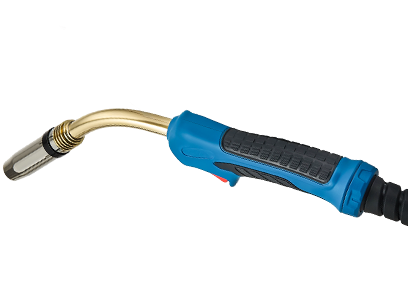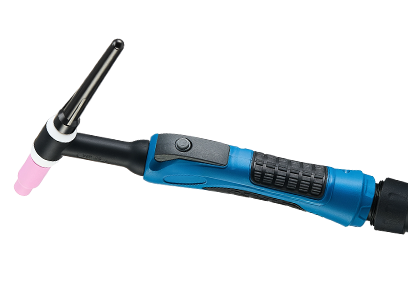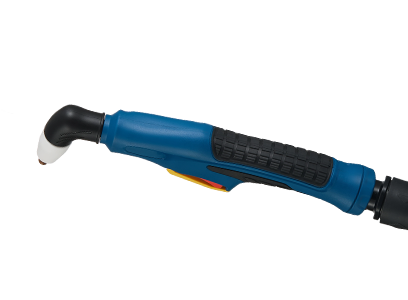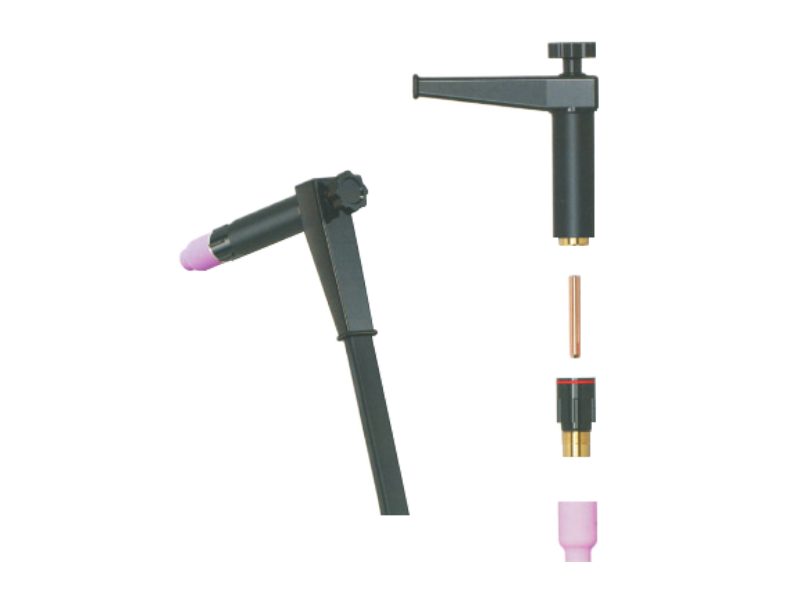Unlocking the Potential: Common Applications of MIG Welding Robots in Various Industries
Common Applications of MIG Welding Robots in Various Industries
Introduction to MIG Welding Robots
MIG (Metal Inert Gas) welding robots have revolutionized the way industries approach welding processes. By automating the welding procedure, these robots not only enhance productivity but also ensure a higher degree of precision and safety. Industries ranging from automotive to construction are capit
Common Applications of MIG Welding Robots in Various Industries
Introduction to MIG Welding Robots
MIG (Metal Inert Gas) welding robots have revolutionized the way industries approach welding processes. By automating the welding procedure, these robots not only enhance productivity but also ensure a higher degree of precision and safety. Industries ranging from automotive to construction are capitalizing on MIG welding robots to improve their operations. This article delves into the common applications of MIG welding robots, their benefits, and how they are shaping the future of various sectors.
Understanding the Basics of MIG Welding Technology
MIG welding is a semi-automatic or automatic welding process that employs a continuously fed wire electrode and an inert gas to shield the weld pool from contamination. This method is favored for its speed and versatility. When integrated into robotic systems, MIG welding robots can perform complex welding tasks with remarkable accuracy.
Key Components of MIG Welding Robots
1. **Welding Power Supply**: Provides the necessary electrical current for the welding process.
2. **Wire Feeder**: Automatically supplies the welding wire to the weld joint.
3. **Robot Arm**: Executes the welding operation with precision.
4. **End Effector**: Holds the welding torch and may include features like cooling and gas control systems.
Benefits of Utilizing MIG Welding Robots
- **Increased Efficiency**: Robots can work continuously without fatigue, significantly increasing production rates.
- **Enhanced Precision**: Robotic systems offer high accuracy, reducing defects and rework.
- **Improved Safety**: By taking over dangerous tasks, welding robots minimize the risk of workplace injuries.
- **Cost-Effective Production**: Although the initial investment may be high, the reduction in labor costs and improved product quality lead to long-term savings.
Application of MIG Welding Robots in the Automotive Industry
The automotive industry serves as a prime example of MIG welding robotics in action. Here are several applications:
Body Frame Assembly
MIG welding robots are extensively utilized for assembling the body frames of vehicles. They ensure consistent weld quality and speed up the production process, allowing manufacturers to meet high demand without sacrificing quality.
Component Welding
From chassis to exhaust systems, robotic MIG welding is employed to join various automotive components. The precision offered by these robots ensures that vital parts fit seamlessly, enhancing vehicle performance and safety.
Repair and Maintenance
In addition to manufacturing, MIG welding robots are also used in the repair and maintenance of vehicles. Their ability to execute complex welds accurately makes them ideal for fixing structural damages on cars and trucks.
Impact on the Aerospace Sector
The aerospace industry demands the highest levels of accuracy and quality, and MIG welding robots deliver on both fronts.
Aircraft Frame Construction
MIG welding robots are essential in constructing aircraft frames, where the integrity of each weld is critical. The automation ensures that welds meet stringent safety standards while minimizing human error.
Fuel Tank Assembly
Fuel tanks require robust welding methods to handle the pressures of flight. MIG welding robots provide reliable joints that are resistant to leaks and other failures, crucial for maintaining aircraft safety.
Manufacturing Dynamics in the Construction Industry
Construction equipment manufacturing is yet another industry benefiting from MIG welding robots.
Heavy Equipment Fabrication
Welding robots are used to fabricate components for heavy machinery such as excavators, bulldozers, and cranes. Their ability to produce strong and durable welds ensures the machinery can withstand rigorous working conditions.
Structural Steel Welding
Robotic MIG welding is also applied in the fabrication of structural steel components used in buildings and bridges. The robots can perform complex welds quickly, reducing lead times in construction projects.
Advancements in the Shipbuilding Industry
Shipbuilding is an area where MIG welding robots have found significant application.
Hull Fabrication
The process of hull fabrication involves extensive welding, and MIG welding robots excel in this environment. Their precision allows for the creation of strong, watertight joints that are crucial for vessel integrity.
Interior Component Assembly
MIG welding robots are also employed in the assembly of interior components, further enhancing the efficiency of shipbuilding operations.
Innovations in the Electronics Sector
The electronics industry is increasingly adopting MIG welding robots for various applications.
Chassis and Enclosure Assembly
Robots are used to weld the chassis and enclosures of electronic devices, ensuring that components are securely held in place while maintaining a clean aesthetic.
Heat Sink Fabrication
MIG welding robots are also capable of fabricating heat sinks, which are essential for managing temperatures in electronic devices, thereby extending their lifespan.
Future Trends in MIG Welding Robotics
As technology continues to evolve, MIG welding robots are expected to become even more sophisticated.
Integration with AI and Machine Learning
The future holds potential for integrating artificial intelligence and machine learning into MIG welding robots. This advancement could lead to self-learning systems that optimize welding parameters in real time, further enhancing efficiency and quality.
Collaboration with Human Operators
The trend towards collaborative robots (cobots) is also influencing the MIG welding landscape. Cobots can work alongside human operators, assisting with complex tasks while enhancing safety and productivity.
Conclusion
MIG welding robots are becoming indispensable across various industries, from automotive and aerospace to construction and electronics. Their ability to improve efficiency, precision, and safety makes them an ideal choice for modern manufacturing processes. As technology advances, the applications of MIG welding robots are likely to expand, driving innovation and productivity across sectors. Embracing these robotic solutions will not only streamline operations but also prepare industries for the challenges of tomorrow.
FAQs About MIG Welding Robots
1. What industries utilize MIG welding robots?
MIG welding robots are commonly used in automotive, aerospace, construction, shipbuilding, and electronics industries.
2. What are the primary benefits of using MIG welding robots?
The primary benefits include increased efficiency, enhanced precision, improved safety, and cost-effective production.
3. How do MIG welding robots improve safety in manufacturing?
By automating hazardous welding tasks, MIG welding robots reduce the risk of workplace injuries for human operators.
4. Can MIG welding robots be programmed for different tasks?
Yes, MIG welding robots can be programmed for various tasks, allowing for flexibility in production lines.
5. What is the future of MIG welding robots?
The future includes advancements in artificial intelligence, machine learning, and collaborative robots, enhancing capabilities and applications in various sectors.
TAG:
Related Posts
Troubleshooting Common Issues with Water Cooled TIG Torches: A Comprehensive Guide
Troubleshooting Common Issues with Water Cooled TIG Torches: A Comprehensive Guide
Table of Contents
Introduction to Water Cooled TIG Torches
Understanding TIG Welding and Its Components
Common Issues with Water Cooled TIG Torches
Overheating Problems
Water Leaks in TIG Torches
Gas Flow Problems
Electrode Wear and Contamination















